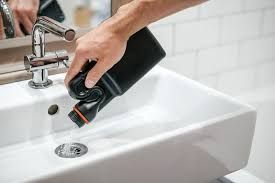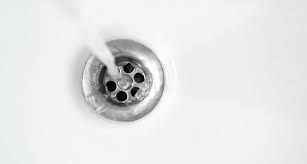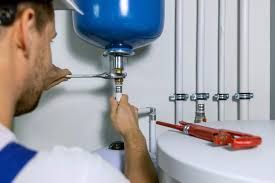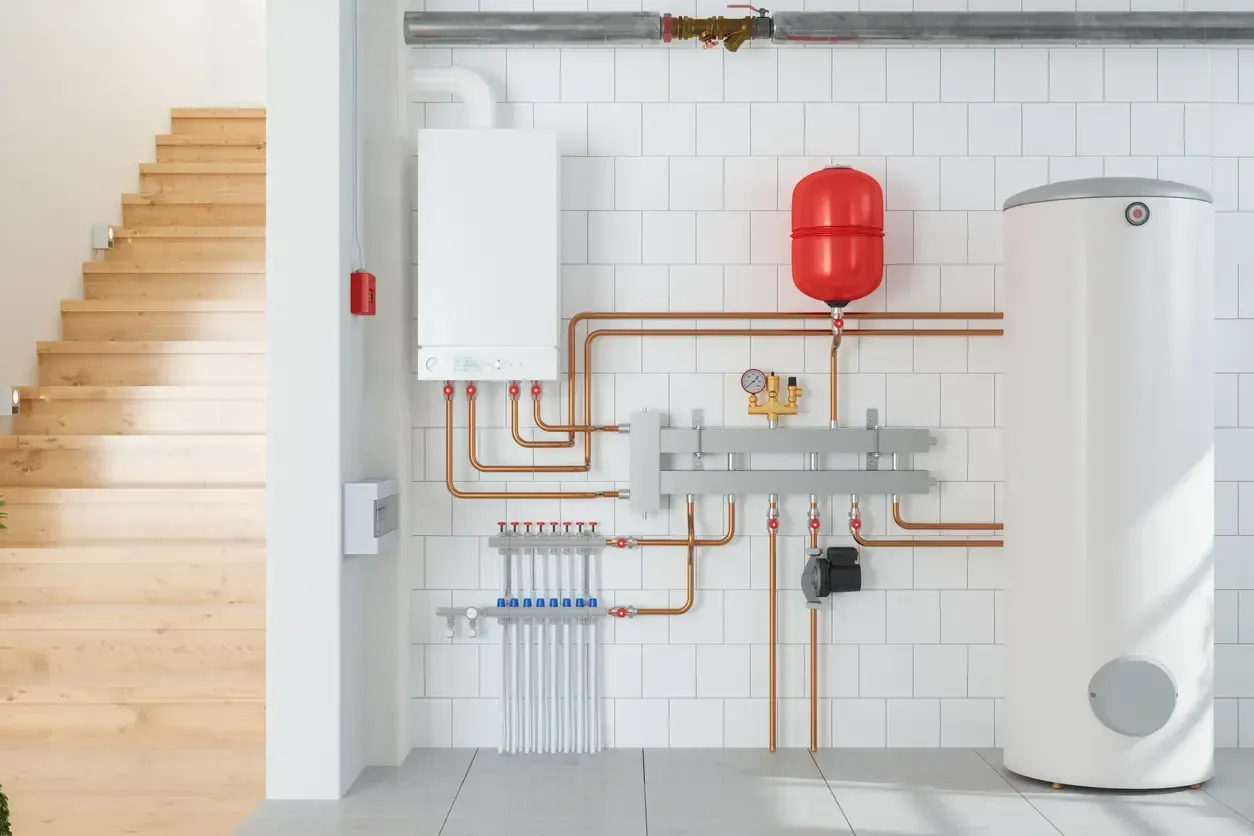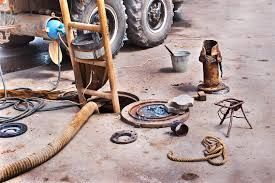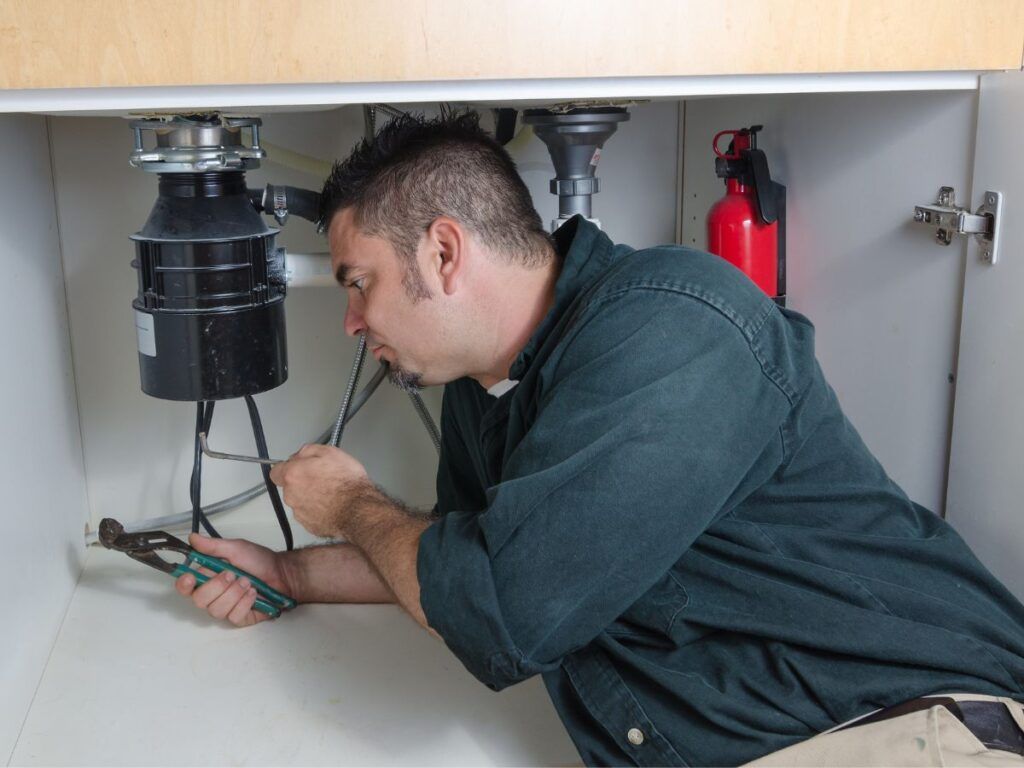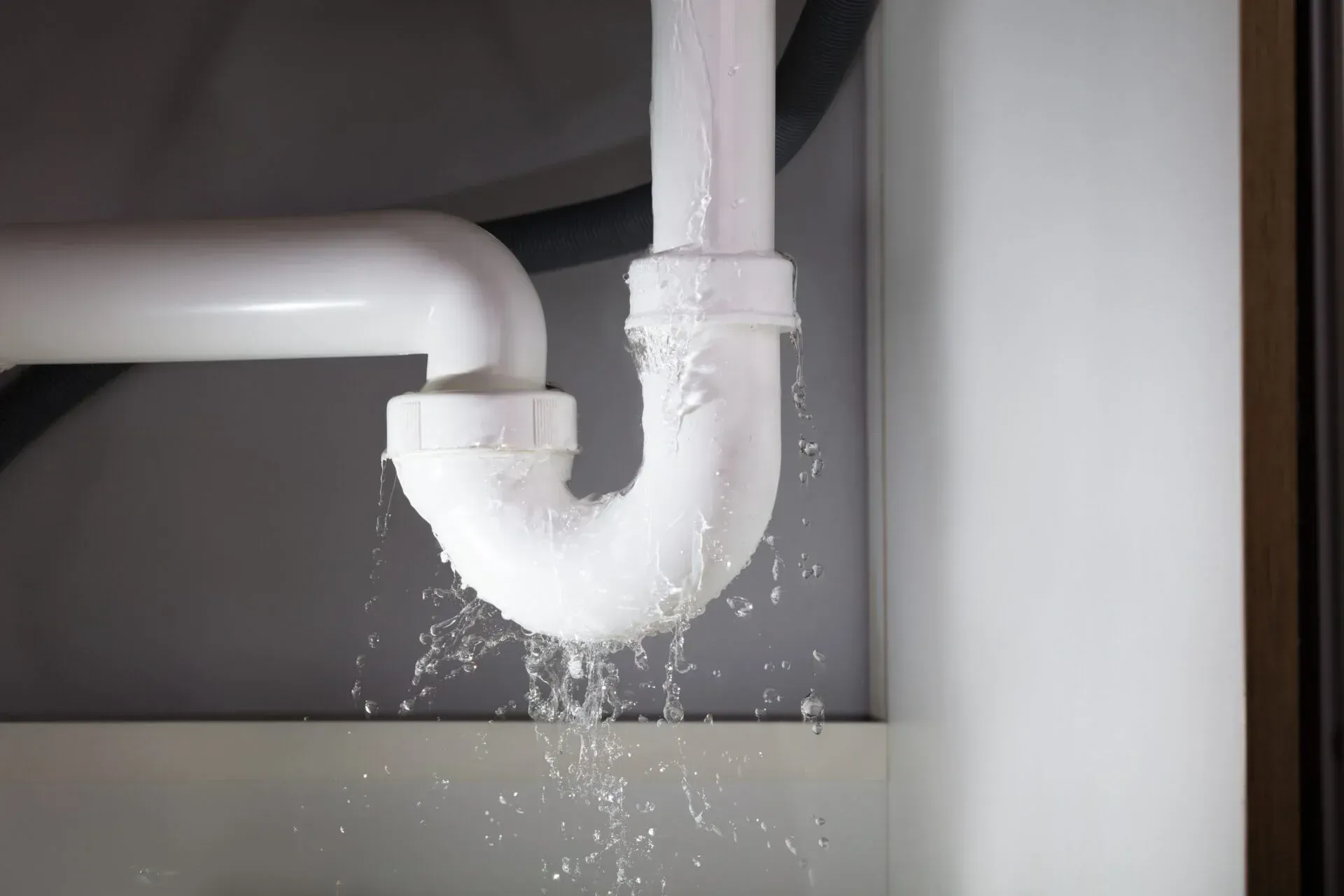The Importance of Expansion Tanks in Closed Water Heater Systems
Expansion tanks play a crucial role in maintaining the safety and efficiency of closed water heater systems. In a closed water heating system, the water heats up, expands, and causes pressure to increase within the system. Without a mechanism to relieve this pressure, the risk of damage to pipes, valves, and the water heater itself grows. An expansion tank absorbs this extra pressure, protecting your system and extending its lifespan. Let’s dive into why expansion tanks are essential, how they work, and why you might need one in your home.
Why Is My Expansion Tank Leaking? Common Causes and Fixes
What is an Expansion Tank?
An expansion tank is a small tank that connects to the water heater system, providing a space where excess water can go when it expands due to heating. Inside the expansion tank is a rubber bladder or diaphragm that separates it into two sections: one filled with water and the other with compressed air. This air cushion compresses as water pressure builds, creating a space for the extra water volume to go. As a result, it prevents your water heater and plumbing system from experiencing damaging levels of pressure.
Why Do Closed Water Systems Require Expansion Tanks?
In an open water system, excess pressure is typically managed by a pressure-relief valve that allows water to flow back into the municipal supply. However, in closed systems—such as those with a backflow preventer or check valve—this water has nowhere to go. Without an expansion tank, pressure can build up to dangerous levels. Here’s why an expansion tank is essential in such cases:
- Protects the Water Heater and Pipes: By absorbing extra pressure, expansion tanks reduce stress on pipes and fixtures, minimizing the risk of leaks and bursts.
- Prevents Water Hammer: In high-pressure systems, excess pressure can cause “water hammer,” a loud knocking noise that can harm pipes over time. An expansion tank helps to eliminate this issue.
- Extends Water Heater Lifespan: Constant high pressure accelerates wear on the water heater and its components. Using an expansion tank can help to reduce maintenance needs and prolong the life of your water heater.
- Compliance with Plumbing Codes: Many building codes now require expansion tanks in closed systems. Ensuring your system is up to code can prevent fines and potential insurance issues.
How an Expansion Tank Works
When water is heated, it expands—this is known as thermal expansion. In a closed system, water can’t escape, and the increased volume has nowhere to go, causing pressure to rise. The expansion tank’s role is to counter this. Here’s how it works:
- Absorption of Pressure: As the water in the tank heats up and expands, it flows into the expansion tank. The rubber bladder inside the tank compresses, which allows it to absorb the pressure.
- Release of Pressure: When the water cools down and the pressure in the main tank decreases, the water in the expansion tank is released back into the system, equalizing the pressure.
This process repeats each time the water heats up and cools down, keeping the system’s pressure stable and preventing potentially harmful spikes.
Determining If You Need an Expansion Tank
Whether you need an expansion tank depends on your system setup and water pressure levels. Homes with closed systems are more likely to need an expansion tank, especially if they include backflow prevention devices or check valves. Additionally, if your water pressure is consistently above 80 psi, an expansion tank is recommended to relieve the stress on your plumbing system. To determine your water pressure:
- Use a Pressure Gauge: You can buy a pressure gauge and attach it to an outdoor faucet or any water spout in your home to check your water pressure.
- Consult with a Professional: An experienced plumber can assess your system, determine if it’s closed or open, and evaluate whether an expansion tank would benefit your setup.
Choosing the Right Size Expansion Tank
Selecting the correct size for an expansion tank is essential to ensure it functions effectively. The right size depends on factors such as the size of your water heater and the typical pressure in your system. Expansion tanks come in a range of sizes, typically categorized by the gallon capacity they support. For example:
- 2-Gallon Expansion Tank: Suitable for smaller homes with a 40-gallon water heater.
- 4.5-Gallon Expansion Tank: Ideal for medium-sized homes with a 50-gallon water heater.
- 10-Gallon Expansion Tank: Recommended for large homes with high water usage and larger water heaters.
A plumber can help you determine the ideal expansion tank size based on your specific water heater and system requirements.
Installation and Maintenance of Expansion Tanks
While some homeowners may be tempted to install an expansion tank themselves, professional installation ensures proper setup and reduces the risk of future issues. During installation, the expansion tank is usually mounted on the cold-water line close to the water heater. Here are a few maintenance tips to ensure longevity:
- Check the Air Pressure Annually: Expansion tanks rely on a balance of water and air pressure. Use an air gauge to check the tank pressure periodically and ensure it aligns with your water pressure.
- Inspect for Leaks: Over time, wear and tear can cause leaks in the expansion tank. Regular inspections will help you detect and address small issues before they lead to major leaks.
- Replace as Needed: Expansion tanks generally have a lifespan of about 5 to 10 years, depending on usage and maintenance. If you notice your tank isn’t holding pressure as it should, it may be time to replace it.
Common Issues with Expansion Tanks
Despite their durability, expansion tanks can encounter issues over time. Here are a few common problems homeowners might face:
- Loss of Air Pressure: If the air bladder or diaphragm inside the tank wears out, the tank can lose air pressure, making it less effective at absorbing water pressure.
- Leaking or Corrosion: Corrosion can occur in older tanks or in tanks exposed to high-moisture environments, leading to leaks and reducing effectiveness.
- Improper Sizing: If an expansion tank is too small for the system, it won’t effectively manage the pressure, leading to the same issues it’s intended to prevent. Conversely, an oversized tank can cause unnecessary strain on the plumbing system.
Conclusion
Expansion tanks are an essential component in closed water heater systems, protecting your plumbing from pressure-related damage and extending the life of your water heater. They offer peace of mind by stabilizing water pressure, reducing wear and tear on your system, and eliminating risks of leaks, water hammer, and burst pipes. Ensuring the proper installation and maintenance of an expansion tank is crucial for it to function optimally.
For expert assistance with expansion tank selection, installation, and maintenance, All City Plumbers is here to help. Our team of experienced plumbers understands the importance of expansion tanks and can help you maintain a safe and efficient water heating system in your home. Reach out to All City Plumbers to learn more about securing your water heater system today.
